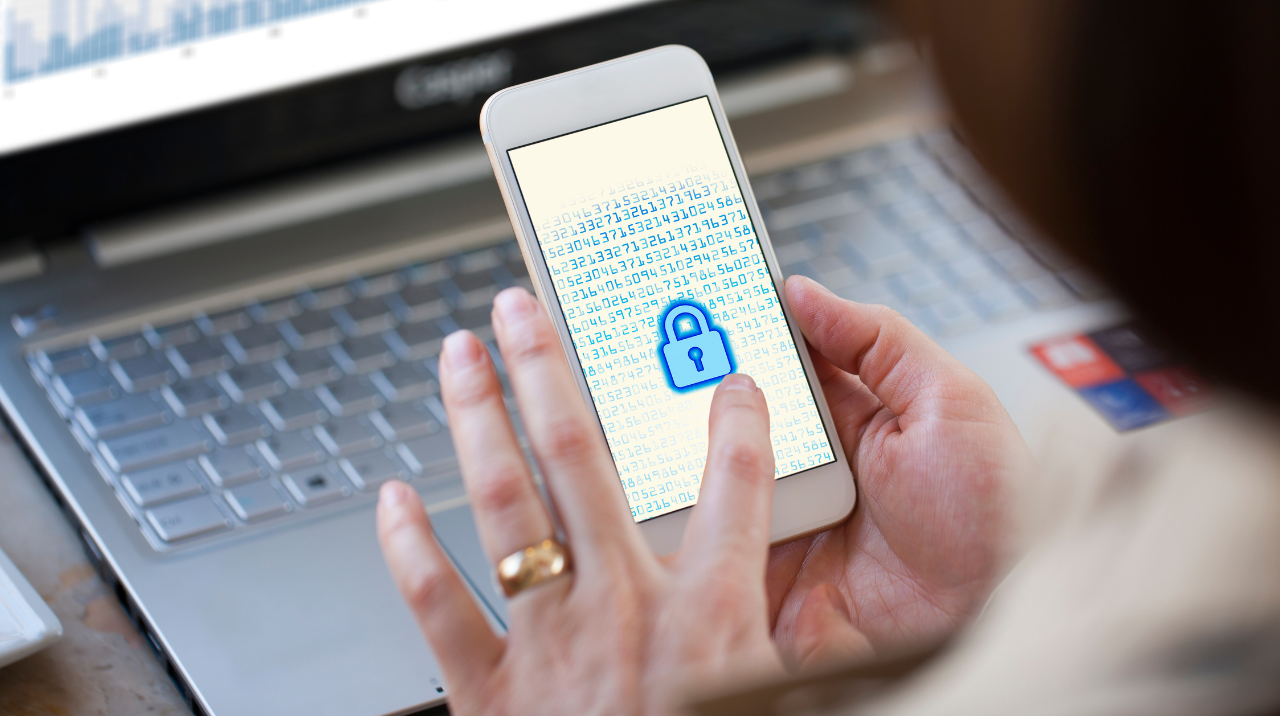Hey there, let’s talk about HIPAA compliance for remote teams!
As we navigate the ever-changing landscape of remote and hybrid work models, organizations handling protected health information (PHI) are facing new compliance challenges. Ensuring HIPAA compliance in a remote setting means rethinking data security and adapting practices to support a distributed workforce. Today, I’ll share with you some best practices for maintaining HIPAA compliance in 2024 and beyond, specifically tailored for remote teams.
1. Understanding HIPAA in the Context of Remote Work
Let’s start with the basics. The Health Insurance Portability and Accountability Act (HIPAA) sets strict guidelines for safeguarding PHI, which includes any health information that could identify an individual. When teams work remotely, keeping this information secure becomes more complex.
Challenges of HIPAA compliance in remote work include:
- Securely accessing PHI from various locations and devices.
- Maintaining data integrity and preventing unauthorized access over potentially unsecured networks.
- Ensuring remote employees adhere to the same privacy and security standards as on-site employees.
By tackling these challenges head-on, organizations can build a solid, compliant framework that allows them to leverage the benefits of remote work without compromising PHI security.
2. Conducting a HIPAA Risk Assessments for Remote Workforces
Risk assessments are the cornerstone of HIPAA compliance. They help identify potential risks to PHI, especially crucial in remote work environments where each employee’s home setup may introduce different vulnerabilities.
Key areas to cover in a remote workforce HIPAA assessments:
- Device and Network Security: Evaluate the devices and networks that remote employees use to access PHI. Are employees using personal devices? Is their home Wi-Fi secure and encrypted?
- Data Access Control: Determine who has access to PHI and whether remote work expands access beyond necessary personnel.
- Physical Security: Understand the physical security of remote workspaces to prevent unauthorized viewing or access to sensitive information.
Regular risk assessments for remote teams should be conducted at least annually or whenever there are significant changes to your organization’s remote work policies or technology stack.
3. Implementing Secure Remote Access Tools
Enabling remote workforces to access PHI securely is crucial. HIPAA mandates secure data transmission and storage, and remote environments require tools specifically designed for secure, compliant access.
Best tools for secure remote access:
- Virtual Private Networks (VPNs): VPNs create encrypted connections, protecting data from interception on public or unsecured networks.
- Multi-Factor Authentication (MFA): MFA adds an additional layer of security, ensuring that only authorized users can access sensitive systems, even if a password is compromised.
- Single Sign-On (SSO): SSO tools help manage access across multiple applications, reducing the risk of password fatigue and unauthorized access.
- End-to-End Encrypted Communication: Tools like secure messaging or video conferencing solutions with end-to-end encryption ensure PHI shared over these channels remains confidential.
Pro Tip: Use solutions specifically designed for HIPAA compliance to manage your VPN, MFA, and communication needs, as these are more likely to have built-in compliance features and audits.
4. Remote Device Management and Security Protocols
Ensuring that all devices accessing PHI meet HIPAA’s security requirements is critical in remote environments. This is where mobile device management (MDM) and remote monitoring software come into play.
Key device security practices:
- Device Encryption: Mandate full-disk encryption on all devices that store or access PHI to protect data at rest.
- Automatic Log-Offs and Screen Locks: Set up remote devices to log off automatically after a period of inactivity, reducing the risk of unauthorized access.
- Remote Wiping Capabilities: In case of loss or theft, remote wiping allows you to delete sensitive data from devices to prevent unauthorized access.
- Software Updates and Patches: Ensure devices are consistently updated to address any security vulnerabilities, especially as cyber threats evolve.
With MDM solutions, you can enforce these settings remotely, ensuring all devices meet HIPAA’s technical safeguards without requiring hands-on setup by individual users.
5. Educating and Training Remote Employees on HIPAA Compliance
One of the most significant risks to HIPAA compliance is human error. Remote employees must be trained and educated on specific HIPAA compliance protocols for working offsite.
Key training components for remote employees:
- Secure Data Handling: Training on securely handling PHI in a home environment, including preventing unauthorized viewing and proper data disposal.
- Cybersecurity Best Practices: Emphasize phishing prevention, secure password management, and reporting suspicious activity.
- Incident Reporting: Provide a clear protocol for reporting potential security incidents or data breaches, even minor ones.
- Privacy Awareness: Train remote employees on the importance of privacy and confidentiality, particularly in shared home environments or co-working spaces.
Regular training sessions and refresher courses can ensure employees stay updated on the latest HIPAA requirements and best practices, reducing the risk of inadvertent violations.
6. Implementing Strong Access Controls
Controlling access to PHI is one of HIPAA’s essential requirements, especially in remote work settings, where the lines between work and personal environments may blur.
Best practices for access control:
- Role-Based Access: Limit PHI access based on job roles to reduce unnecessary exposure to sensitive information.
- User Activity Monitoring: Use activity monitoring tools to track access patterns and flag any suspicious behavior for further investigation.
- Regular Audits: Conduct regular audits to verify access controls are followed and that no unauthorized access to PHI occurs.
These measures help reduce the risk of PHI exposure due to human error or malicious intent, ensuring that only those with a legitimate need can access sensitive data.
7. Monitoring Compliance and Preparing for HIPAA Audits
Maintaining HIPAA compliance in a remote setting requires continuous monitoring and readiness for potential audits. HIPAA audits can be triggered randomly or due to a reported breach, so it’s essential to be prepared.
Best practices for compliance monitoring and audit preparation:
- Continuous Compliance Monitoring: Implement tools to monitor real-time compliance across remote devices and networks, identifying and addressing risks as they arise.
- Internal Audits: Regular internal HIPAA assessments ensure all compliance practices are correctly followed and can help identify gaps before they become major issues.
- Documentation and Logging: HIPAA mandates detailed logging of data access and any security incidents. Ensure all logs are retained and easily accessible for an audit.
- Designated Compliance Officer: Appoint a compliance officer to oversee ongoing HIPAA adherence and manage remote workforce policies.
With these systems in place, organizations can maintain a high level of compliance and demonstrate adherence to HIPAA standards if audited. If this puts your organization under pressure consider outsourcing your HIPAA compliance
Conclusion
Achieving HIPAA compliance for a remote workforce in 2024 requires a mix of robust technology, proactive training, and diligent monitoring. By conducting regular risk assessments, implementing secure access tools, and fostering a culture of compliance, organizations can successfully balance the flexibility of remote work with the critical need for PHI security.
Remote work doesn’t have to mean compromised security—by adhering to these best practices, your organization can confidently support a remote workforce while ensuring full HIPAA compliance.
Want to simplify HIPAA compliance for your remote team? Explore our HIPAA compliance solutions designed to support secure, compliant remote work environments, from secure VPN access to comprehensive employee training.



